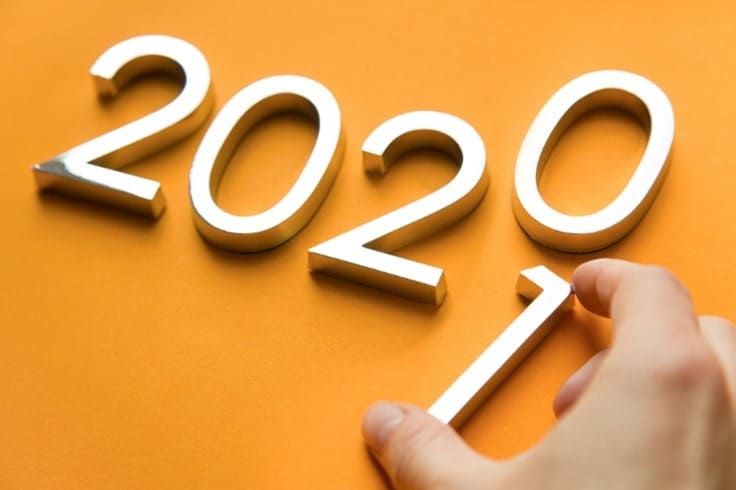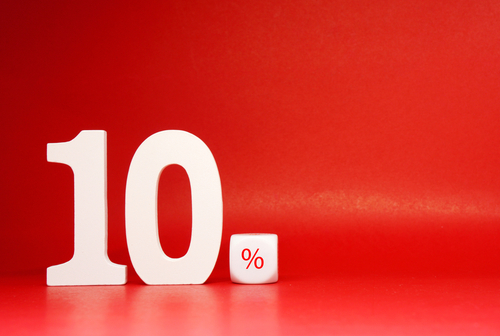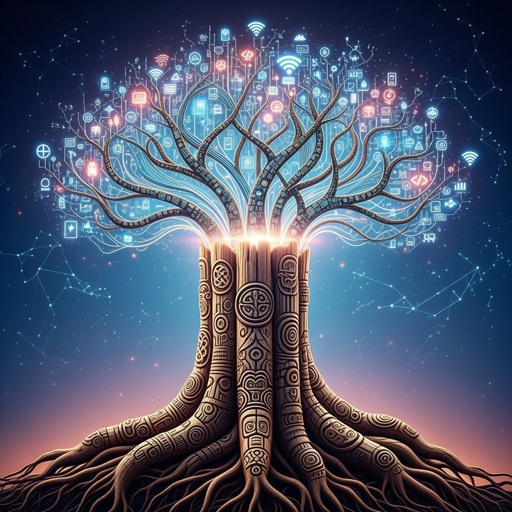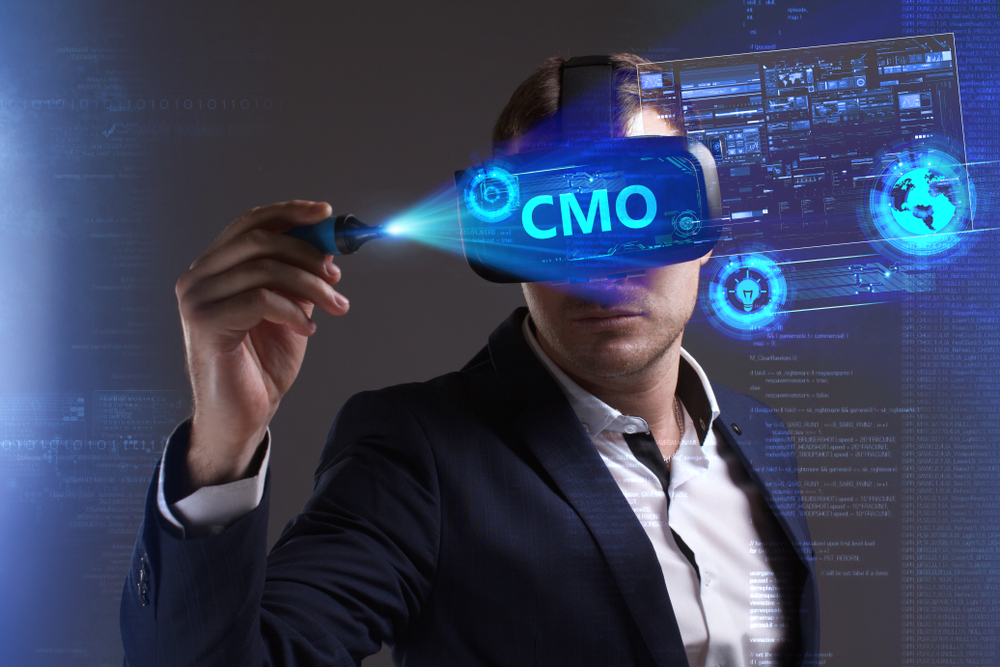There are too many articles and discussions about the top trends in marketing, technology, analytics, and customer experience in the new year. Too much noise and too many isolated thoughts, each of them valid and true in its own limited way. When I look back, I realize that too much vertical specialization has been both a bane and a boon for business. We categorize too many things into narrow boxes, losing sight of the bigger picture. That’s why I decided not to do a conventional “top 10 trends” write-up for the new year. Instead, I believe it’s time for marketers to face the challenges in marketing holistically and address them head-on.
According to me, the 9 key challenges in marketing for 2021 will be:
- Connecting the dots –
Most organizations are not organized around the customer. They were built around products, sales & distribution networks and this was thoroughly exposed during the pandemic, where every CEO was scrambling to give a ‘common purpose’ to the team. Organizations were used to interacting with customers only episodically, after the customer has identified the need and looks out for the product. However, going forward organizations will have to build a connected ecosystem to ensure that they are in a position to serve their customers in a frictionless manner.
- Demonstrating measurable business impact –
At Hansa Cequity we call it the MROI Index – The Marketing Return on Investment. For far too long eloquent marketeers have got away with the performance or should I say non-performance of their marketing campaigns. Their time is up. CEOs, CFOs are wanting them to demonstrate attributable MROI. There are enough ways to put this plan in action and organisations will have to move quickly on this.
- Organising the data –
There is no concept of too much or too little data. Over the last few years, all marketeers have been in a rush to collect data. It is reality check time – how much of that data has led to actionable insights leading to business outcomes? Do have a look at the IDC Global Datasphere graph below. In the next five years we are looking at tripling our data from 60 Zettabytes to 175 Zettabytes!
Let us for a moment not question the need for all kinds of data. But surely, we need to organise and structure it well. Addressing this is one of the key challenges in marketing. Give access to people who will ‘act’ on this data and measure the ‘outcomes.’ Customer data value is where the organizational value resides, and we do not have to look beyond Facebook to prove that.
- The future belongs to data fusion –
Different, disparate data points can be brought together to stitch together a winning strategy. IoT data is a great example. ExxonMobil partnered with a global tech company and a local car care brand to create a ‘digitally enabled car maintenance experience.’ A data platform created through the ecosystem enables customers to receive maintenance recommendations and make online reservations to have cars serviced; at the same time, it enables ExxonMobil to not only fuel vehicles but also ensure they are running safely and effectively. Health and Automotive Insurance, Home Appliances, etc. too have been revolutionised by data from devices.
- Organisations will have to invest in customer identity frameworks
Marketeers’ need to prepare now for a cookie less world once third-party cookies are phased out by Google in 2022. I see brands investing heavily in building their first party data, enriching, and nurturing it on a regular basis. Identity resolution, identity management and the complexities involved are huge but not insurmountable, it will require not only use of new technology but also old-fashioned wisdom to build an enterprise level customer data framework. The stuff that Hansa Cequity has been doing for some years now, will finally take center-stage. The customer identity framework is also the key to personalization. According to a Salesforce study, between 78% to 55% consumers now expect to be served with personalized content and the number will only increase.
- Consumer Goods companies will finally start pursuing data driven marketing strategies in a big way –
Consumer Goods companies have built their business using traditional, hard to measure marketing channels. The pandemic changed all that. With people more than willing to buy online, the direct-to-customer model is not only the need of the hour but also passes on the control of the relationship and engagement to the rightful owners – ‘the brand’. A few large brands had invested in the past and have reaped the benefits, going forward – this is the only path to sustainable success.
- A definite move towards hyper-localisation –
During the pandemic, all organisations quickly realised that centralising everything may ring cost efficiencies but does not leave any operational flexibility and robs them of potential localised opportunities. So right from production to marketing, organisations will look at being nimble and agile to be able to hyper localise, to ensure that they ‘win-in-the-moment’.
They will need to design organisation frameworks that can distribute customer engagement and business operations systems to important geographic regions while retaining centralised technology management benefits.
- MarTech and Data Apps will drive Customer Experience –
At the beginning of 2020, Gartner had projected that MarTech spending will make up 26% of the total marketing budget. Due to the pandemic, it is likely that numbers would have increased. With the increase in demand for collaboration tools, organisations will focus on tools that will help with visibility, content production, and campaign management. There will be a migration of core MarTech, commerce, and digital solutions to true integrated cloud native solutions with simplified open integration models.
- Talent development –
India is staring at a huge talent deficit. The skills that people have learnt and developed over the years may not be relevant going forward. Hansa Cequity partners with NASSCOM on their FutureSkills program. The need-skill gap is very evident across functions. We are closely watching this gap especially from a MarTech and Marketing point of view. New talent models, upskilling, recruiting from outside the comfort zone, empowering and experimenting will all need to be tried out to arrive at a potent vaccine against the onslaught of technology.
In 2021, there is no refresh or reset button, but certainly, there is a rethink button. It’s time to rethink and re-evaluate everything you do to address the pressing digital marketing challenges. The road ahead is challenging and interesting at the same time. Happy 2021! driven manner. The US and European markets may be a bit ahead of the game from an investment in CX perspective, but Indian organizations will have to up their game just to stay relevant, let alone winning the battle of mindshare and wallet share.









